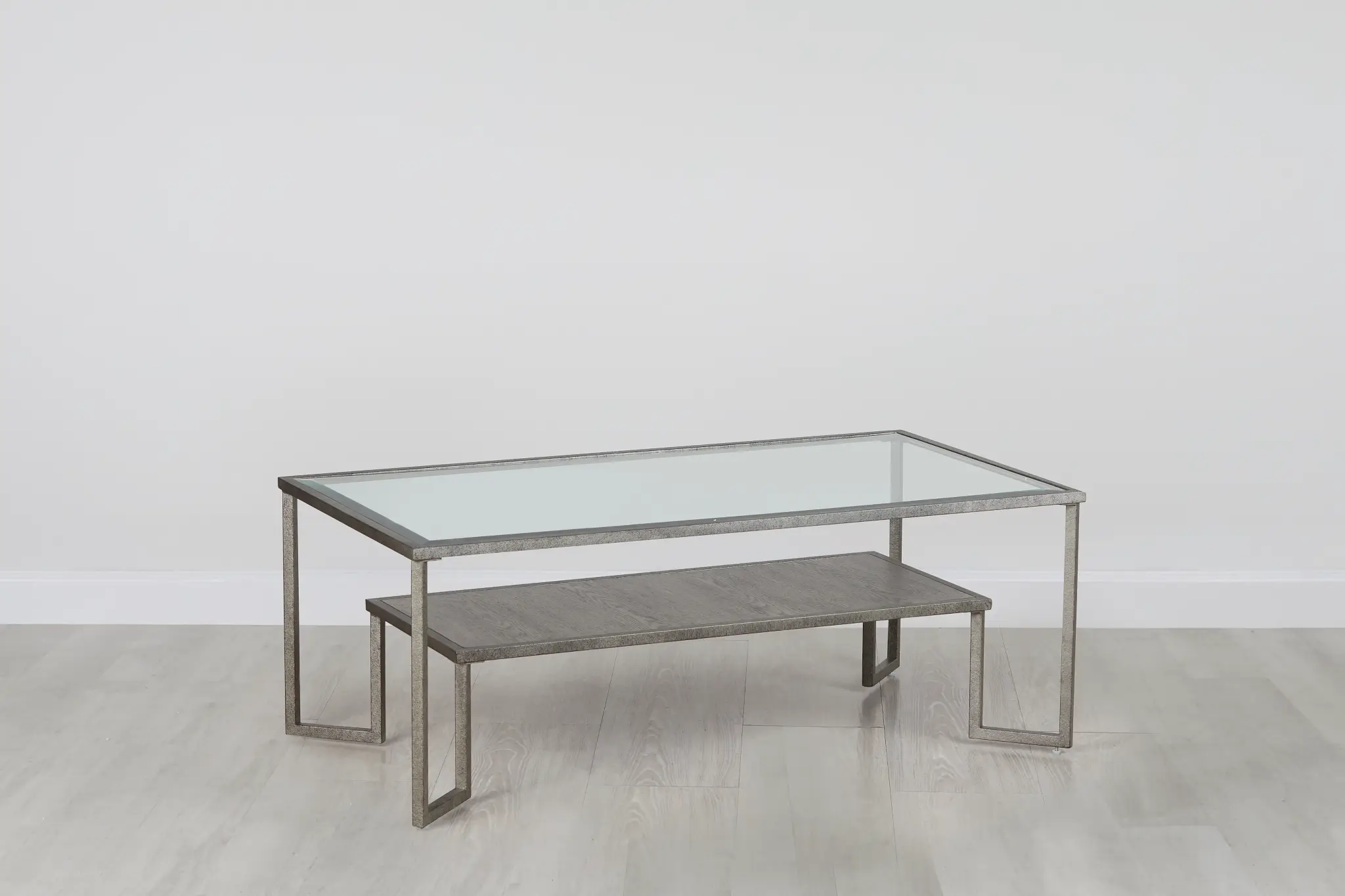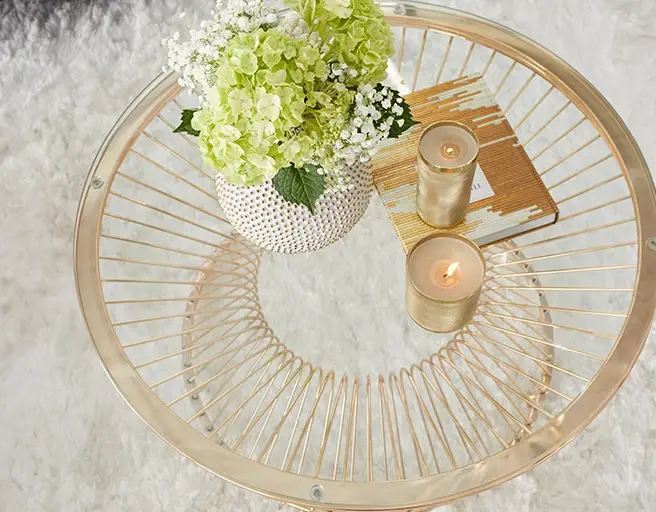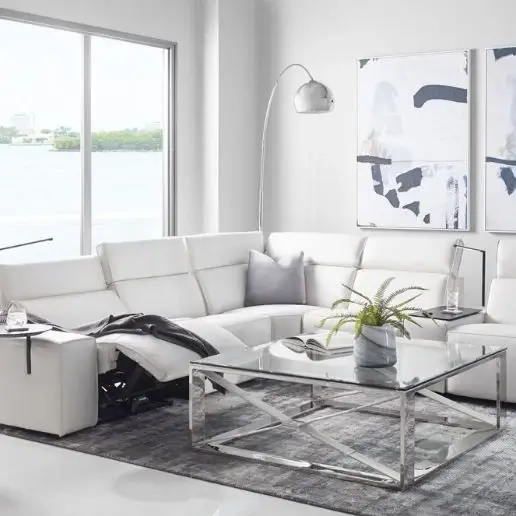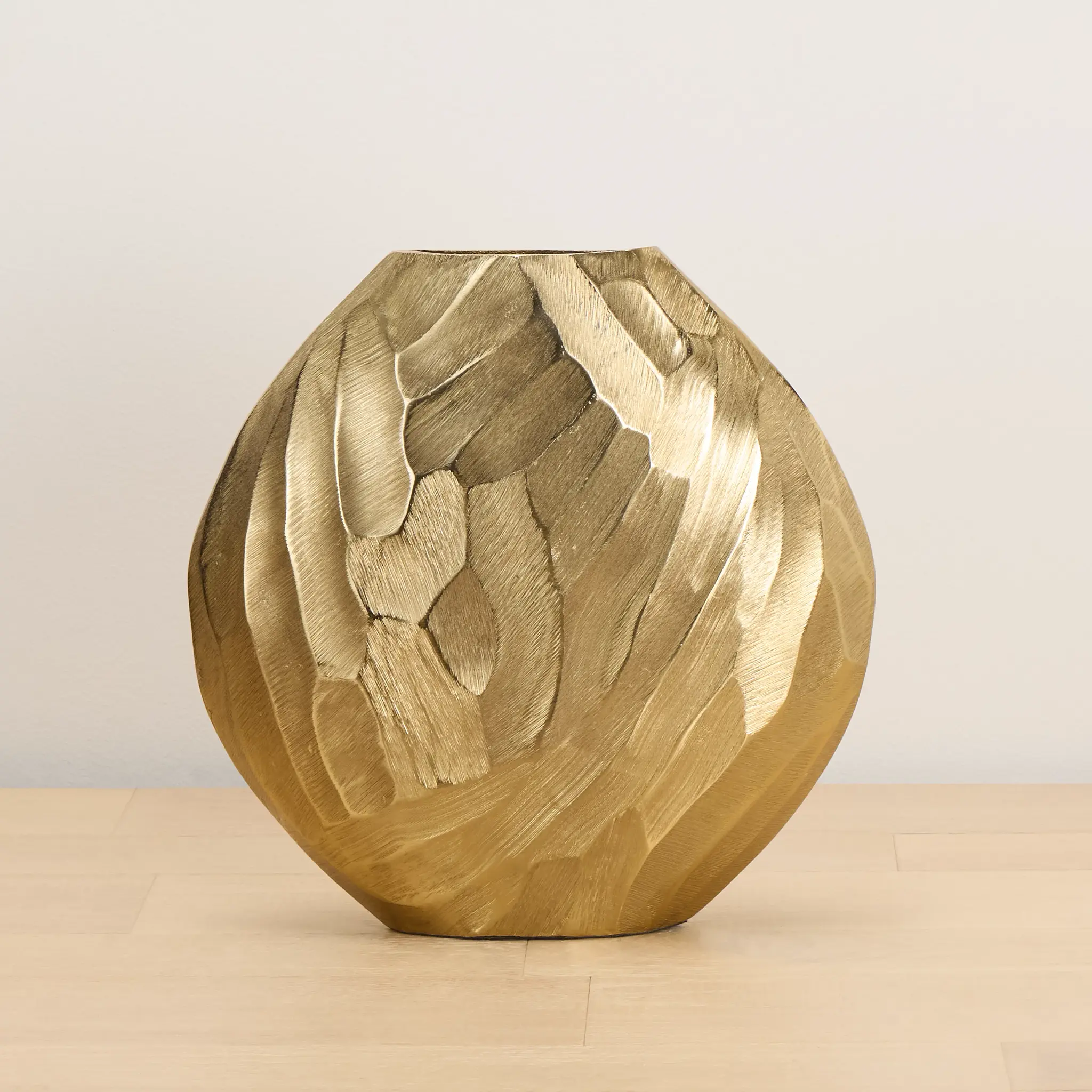
Mastering The Mix: 6 Simple Rules For Blending Metals In Your Interior Design
In the world of interior design, mixing metals is comparable to the art of alchemy, transforming spaces with a blend of texture, color, and finish to forge a cohesive and dynamic ambiance. While the thought of combining different metals might seem daunting, following a few simple rules can ensure a harmonious and stylish outcome. Here's how to master the metal mix in your home's interior design.

Rule 1: Choose A Dominant Metal
To achieve balance and avoid a chaotic look, select a primary metal to serve as the foundation of your design. This dominant metal will act as the cohesive element throughout the space, providing a sense of unity. Whether it's the cool elegance of a silver metal end table, the warmth of a gold mirror, or the industrial appeal of iron, choosing one metal to lead allows other metals to complement it gracefully.

Rule 2: Incorporate a Contrasting Metal as an Accent
Once you've established your primary metal, introduce a contrasting metal as an accent. This contrast creates visual interest and depth, preventing the space from feeling monotonous. For example, if your dominant metal is brushed nickel (a cool tone), you might incorporate brass or gold accents (warm tones) to add warmth.
Rule 3: Limit Your Metal Selection
To maintain a cohesive look, limit your selection to two or three metals. This restriction helps to keep the space from becoming overwhelming and disjointed. By carefully selecting a small variety of metals, you can ensure each has a purpose and a place, contributing to the overall harmony of the room.

Rule 4: Consider The Finish Of Your Metals
The finish of your metals plays a crucial role in how they interact. Mixing finishes can add depth and interest, but it's important to ensure they complement each other. Matte, brushed, and satin finishes tend to blend well together, offering a subtle variation that is sophisticated and understated. Similarly, polished and glossy finishes can coexist harmoniously, reflecting light and adding a touch of glamour.

Rule 5: Distribute Metals Evenly Throughout the Space

Rule 6: Use Texture to Unify
Textures can bridge the gap between different metals, offering a unifying element that ties your design together. Incorporating textures like wood, stone, or fabric can soften the transition between metals, making the mix feel intentional and cohesive. Textured elements act as a neutral ground, allowing the metals to shine without competing for attention.
Achieving Harmony: Simple Guidelines for Mixing Metals in Your Home Decor
Mixing metals in your interior design doesn't have to be complex or intimidating. By following these simple rules, you can blend different metals to create a space that's rich in character and style. Remember, the goal is to achieve balance and harmony, allowing the unique qualities of each metal to contribute to the overall aesthetic of your home.
Bring Your Dream Home to Life with CITY Interiors
At CITY Interiors, creating a home that perfectly reflects your style, needs, and budget is our ultimate goal. From selecting modern home furnishings and planning functional home furniture setups to offering personalized interior decorating help, our team of interior designers is committed to guiding you every step of the way.
To make the process even easier, we offer free design services—both in-store and online—so you can visualize your space and get expert guidance without any added cost. Our 3D Room Planner lets you experiment with layouts, colors, and furniture choices before making a purchase, ensuring that your home turns out exactly the way you imagined.
And with fast shipping on all our products, you can enjoy your newly designed space sooner, without long waits or delays. CITY Interiors is here to provide a seamless, stress-free experience, combining style, functionality, and convenience in every project.
Whether you’re furnishing a cozy apartment, upgrading a family home, or designing a luxury estate, CITY Interiors makes it simple to transform your vision into reality. Partner with us today and see how easy, enjoyable, and rewarding interior design services can be—because your dream home is just a plan away.

